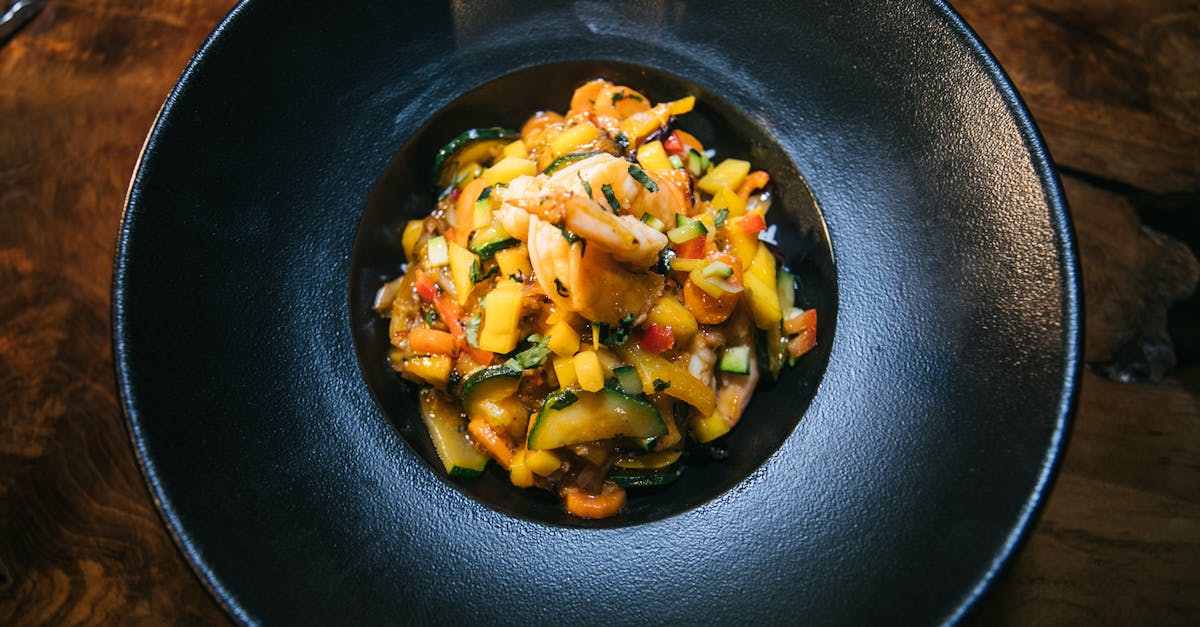
Introduction to Modern Gastronomy
In the realm of culinary arts, modern gastronomy has emerged as a significant trend, reshaping how we perceive and enjoy cuisine. This innovative culinary approach blends traditional techniques with avant-garde methodologies, creating unique and unforgettable dining experiences. Modern gastronomy is not just about food presentation; it delves into the chemistry behind ingredients, aiming to enhance flavors and textures. As a culinary movement, it seeks to inspire diners through an artistic and scientific exploration of food. By pushing boundaries, modern gastronomy continues to challenge our understanding of what a meal can be. This article delves into the intricacies, techniques, and cultural impacts of this dynamic culinary field.
Exploring the Roots of Modern Gastronomy
Modern gastronomy, often interchangeably used with "molecular gastronomy," originated in the late 20th century, thanks to pioneers like Ferran Adrià and Heston Blumenthal. Initially, it focused on the scientific processes involved in cooking. Chefs began experimenting with unconventional techniques such as spherification, foam creations, and liquid nitrogen chilling. This radical approach put food science on the map, making it a respected discipline within the culinary world. By integrating discipline, creativity, and knowledge, modern gastronomy straddles a delicate balance between art and science. As chefs around the globe embrace these principles, they craft dishes that bear narrative and innovation.
Techniques That Revolutionized Cooking
Modern gastronomy is defined by an array of techniques that unravel the potential hidden within everyday ingredients. Spherification, a method popularized by Adrià, transforms liquids into spheres, offering a burst of flavor upon consumption. Sous-vide, another groundbreaking technique, involves vacuum-sealing food and cooking it to precision using controlled temperatures. Liquid nitrogen allows chefs to rapidly freeze ingredients, altering their texture while preserving their essence. On the other end of the spectrum, foams introduce a lighter, airier element to the plate. These techniques not only garner visual appeal but enhance flavors, creating complexities that invite diners on an exhilarating sensory journey.
The Role of Technology in Cuisine
The intersection between technology and gastronomy has been pivotal in modernizing culinary practices. High-tech kitchen gadgets and equipment, such as precise temperature regulators and digital food processors, allow chefs to refine their craft. Through technology, chefs engage in experiments that challenge the traditional conventions of cooking. 3D food printers for intricate designs and culinary drones for ingredient delivery exemplify the progressive strides within this field. Such technological advancements have democratized gourmet cooking, enabling more chefs to venture into innovative culinary realms. This marriage of tech and gastronomy offers an exciting glimpse into the future of dining.
Global Influences and Adaptations
The global reach of modern gastronomy is evident through its adaptation of diverse cultural elements. Chefs worldwide integrate local and regional ingredients into their modern culinary repertoires, honoring and elevating traditional flavors. In Japan, for instance, modern gastronomy has intertwined seamlessly with traditional practices such as kaiseki, while in Latin America, chefs incorporate indigenous spices and produce into avant-garde presentations. By respecting the cultural tapestry and heritage of cuisines, modern gastronomy celebrates diversity and offers diners a new perspective on their culinary legacies. This synthesis propels a universal dialogue within the culinary arts, fostering innovation and inclusivity.
Culinary Art as a Performance
Modern gastronomy transcends the art of food crafting, evolving into a form of performance art. Chefs take center stage with their creations, infusing storytelling into each dish. This performance factor highlights their creative processes, as unique plates are presented with visual dramatics and interactive components. Many restaurants curate immersive settings where diners partake in multi-sensory explorations, engaging sight, sound, and aroma. Theatrics such as tableside preparations and flambéed desserts enrich diners' experiences, transforming the meal into a memorably dynamic event. Through this performance-driven approach, modern gastronomy elevates traditional dining, engaging patrons on profound emotional and sensorial levels.
The Science Behind Gastronomy
At its core, modern gastronomy is deeply rooted in scientific curiosity. Chefs delve into molecular structures, experimenting with chemical reactions to manipulate taste and texture. Ingredients undergo transformations through techniques like emulsification or catalysis, revealing hidden potentialities within standard fare. The pursuit of umami—often regarded as the "fifth taste"—drives nonetheless explorations, striving to create dishes that tantalize palates in extraordinary ways. Not only does this science enhance flavor, but it restructures perceptions of familiar meals. By educating chefs and students in the scientific parameters of cooking, this field lays the foundation for new discoveries that keep pushing the industry envelope.
Savvy Chefs and Their Contributions
Modern gastronomy's rise can be attributed to the innovative minds that champion its cause. Culinary visionaries like Grant Achatz and René Redzepi have pioneered experimental dining, garnering acclaim for their bold and imaginative concepts. Achatz, with his Chicago-based restaurant Alinea, redefines American cuisine through avant-garde presentations and experimental flavors. Meanwhile, Redzepi's Noma has been hailed as a cornerstone of innovative Nordic dining, emphasizing local foraging and fermentation. These trailblazers continually inspire a new generation of chefs to merge creativity with science, ensuring that modern gastronomy remains at the forefront of the culinary conversation. Their contributions serve as a timeless testament to passion and perseverance.
Ethical Implications and Responsibility
Amid innovation, modern gastronomy raises questions about the ethics of transforming food into spectacle. Critics argue that some practices obscure the essence of ingredients, focusing on presentation over authenticity. While artists push culinary limits, a delicate balance must be maintained to honor food sources, sustainability, and authenticity. Discussions around food waste, resource management, and ethical sourcing have become integral to the practice. As the movement expands, culinary leaders are called to address these ethical considerations, ensuring that gastronomy aligns with broader sustainable objectives. Such initiatives promise a future where modernization respects both creativity and environmental responsibility.
The Future of Culinary Arts
Modern gastronomy has transformed our dining landscape, revolutionizing how we perceive and experience food. As this movement continues to gain momentum, it invites culinary professionals to explore new possibilities in flavor, technique, and presentation. By marrying tradition, innovation, and sustainability, modern gastronomy asserts itself as a beacon of future culinary trends. Its dynamic nature captivates audiences, ensuring the movement's continued evolution and relevance. As we look forward to the future of dining, the culinary world remains poised for further advancements, promising unforgettable experiences that challenge and redefine the limits of contemporary cuisine.